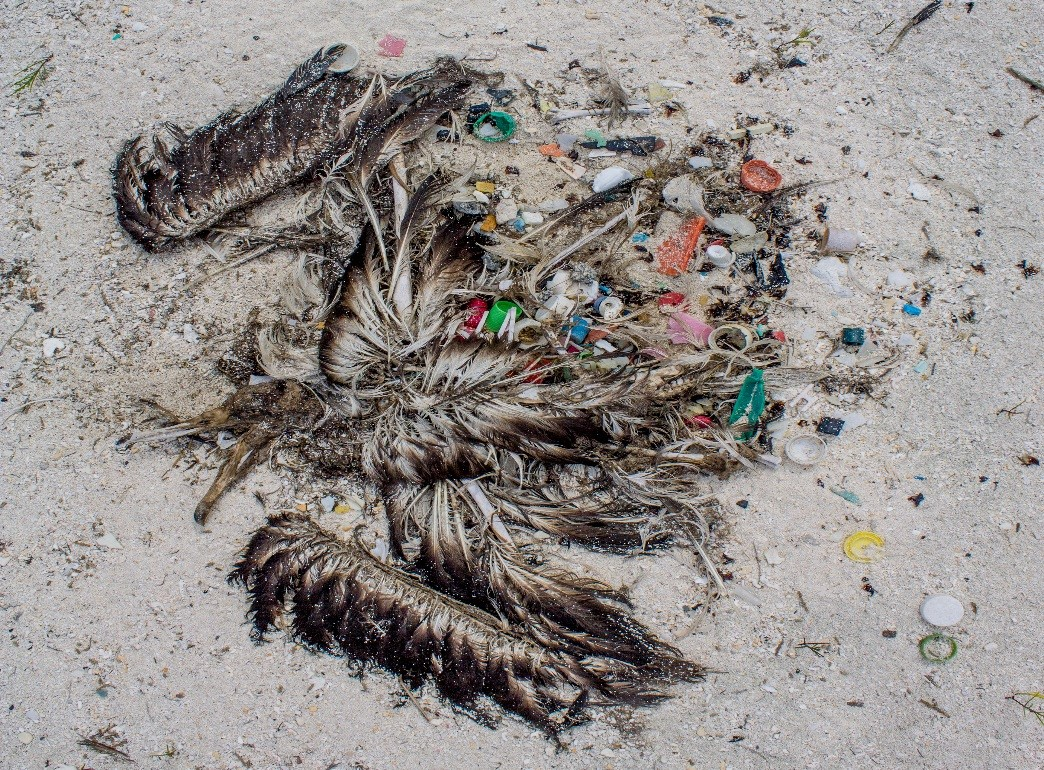According to the United Nations Environmental Program (UNEP), the treatment of plastic pollution requires urgent measures. The website says: “Currently, 19-23 million tons of plastic leaks in aquatic ecosystems per year from lakes up to seas from land-based sources. (4) Studies cited by the Guardian have estimated the costs for human health and the cleaning up of plastics to $ 1 trillion a year. (5)
Political answers are required, but challenging
The latest ban on legislation of plastic straws and other plastic in many countries such as the USA and Canada is only the top of the iceberg. The sixth inter -state negotiating committee conference, which was organized in Geneva by UNEP, recently came with the non -unification of a binding, international contract to reduce the production of plastics around the word. Lobbyists from fossil fuels and plastic countries have pushed for a weak contract that does not include any reduction goals, while other lobbyists urge a stronger agreement that would reduce the sheer amount of plastics produced. A strong contract would also ban some certain products, e.g. B. micropers that are often used in beauty products and reduce their overall oxicity and at the same time work on improving the total waste management practices. More than 100 countries support a strong contract, while other petrostacts, especially by Saudi Arabia, do not do so.
Your failure to achieve an agreement in Geneva means that another round of contract negotiations must take place. The balance of the very useful advantages of some plastic products with the need to significantly reduce their production and toxicity is a significant challenge. Billions of dollars are at stake on both sides of the equation. Dr. Richard Thompson, professor of marine biology at the University of Plymouth and coordinator at the coalition of the scientists for an effective plastic contract, is progressing: plastic. To go forward, we need harmonized criteria worldwide that set a level for companies. (6)
